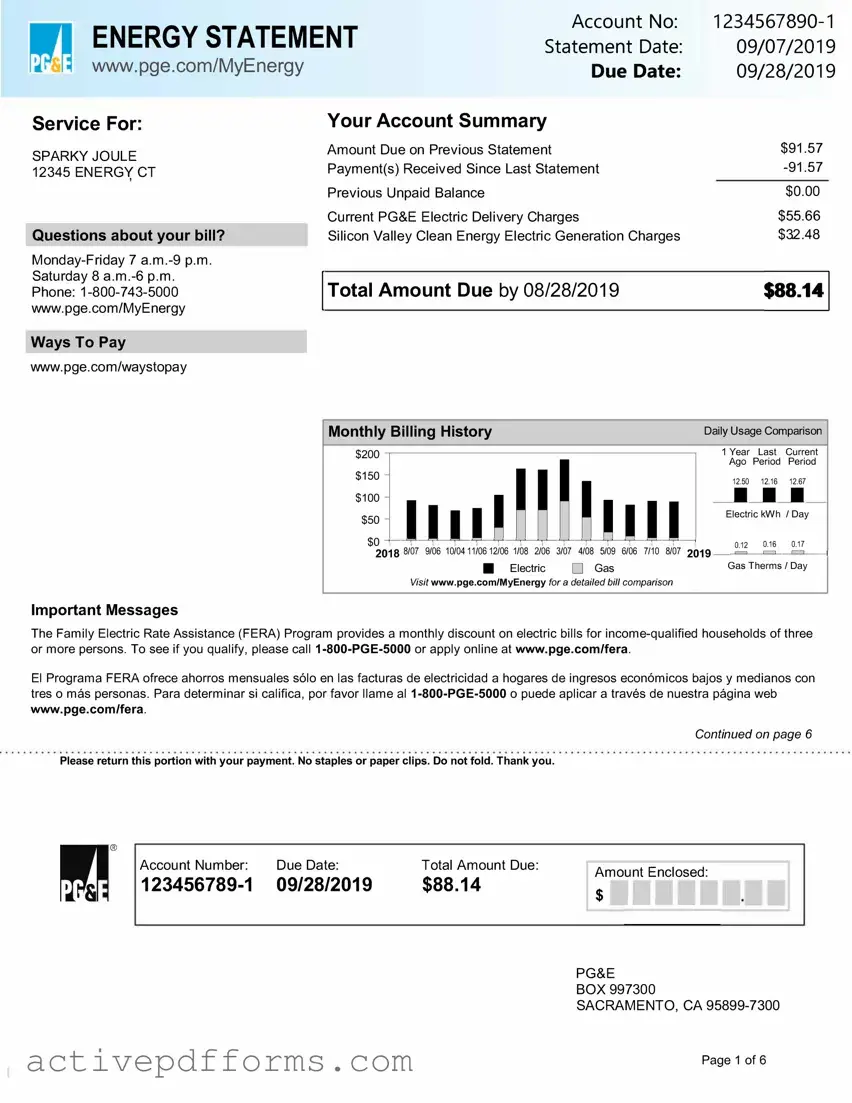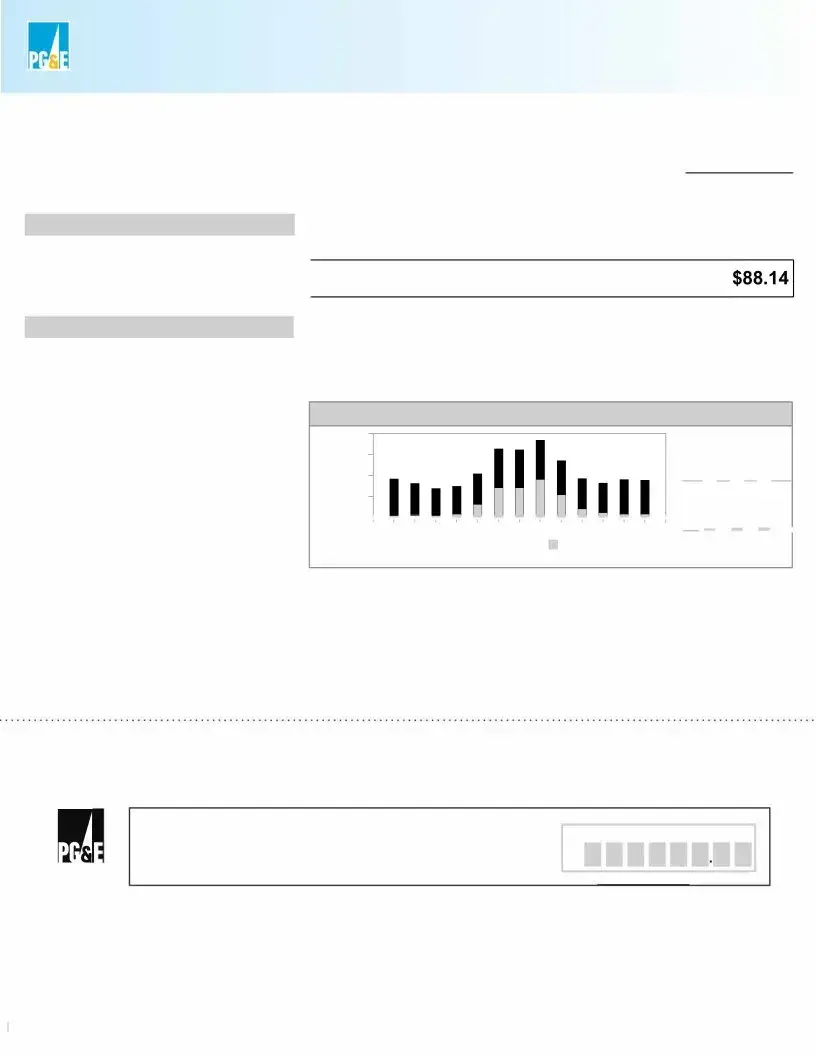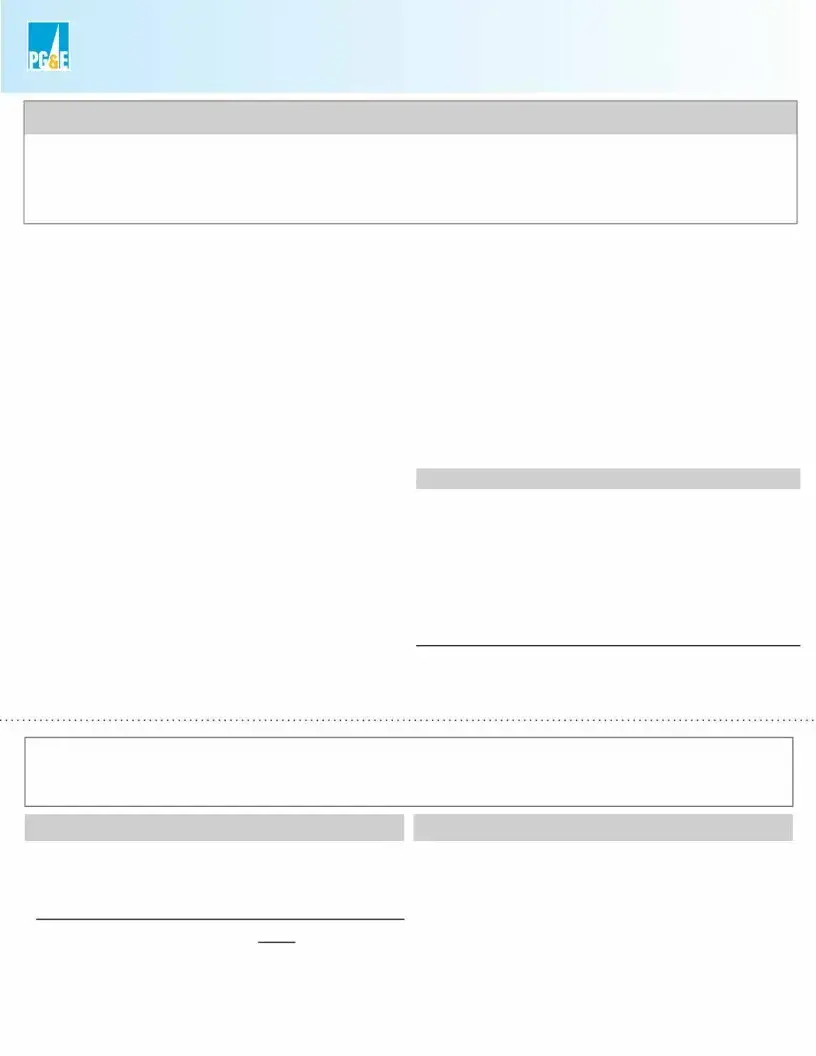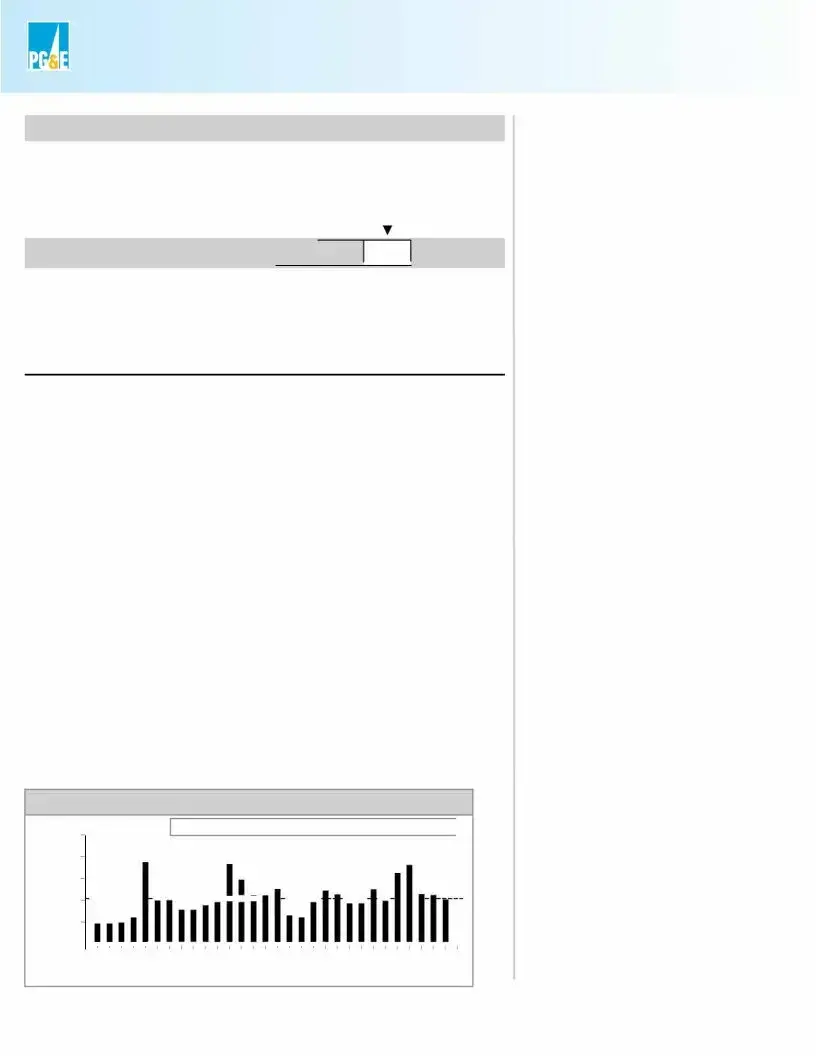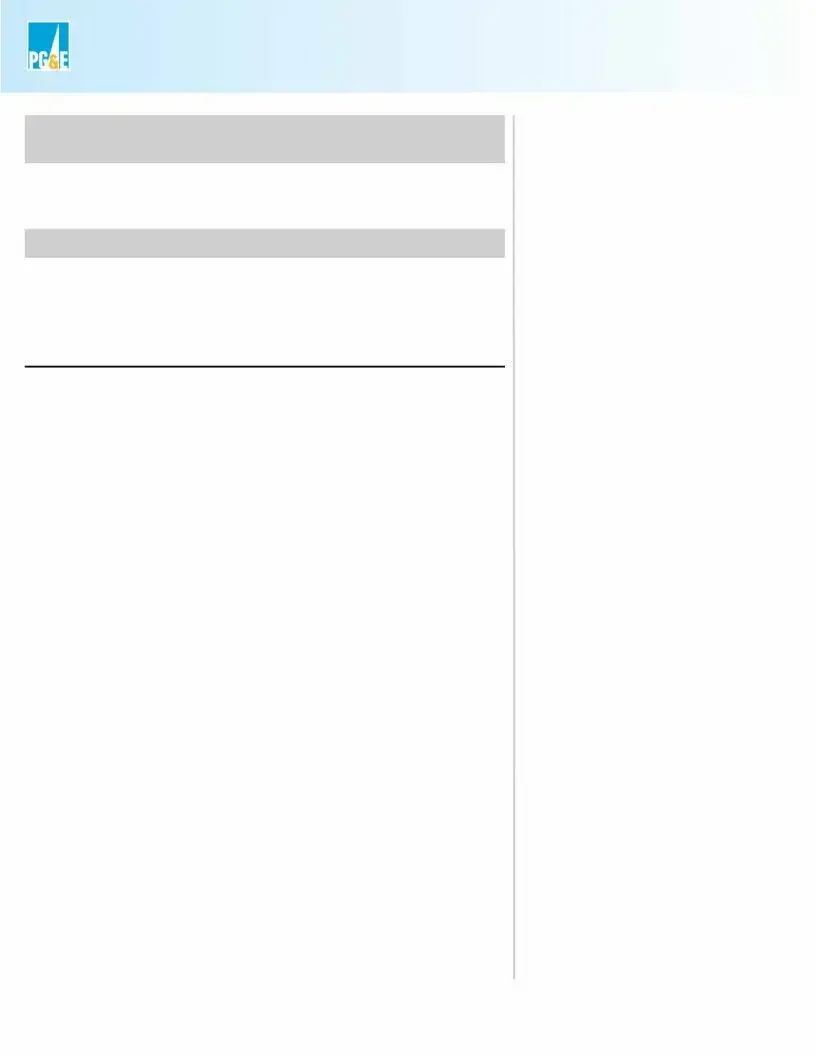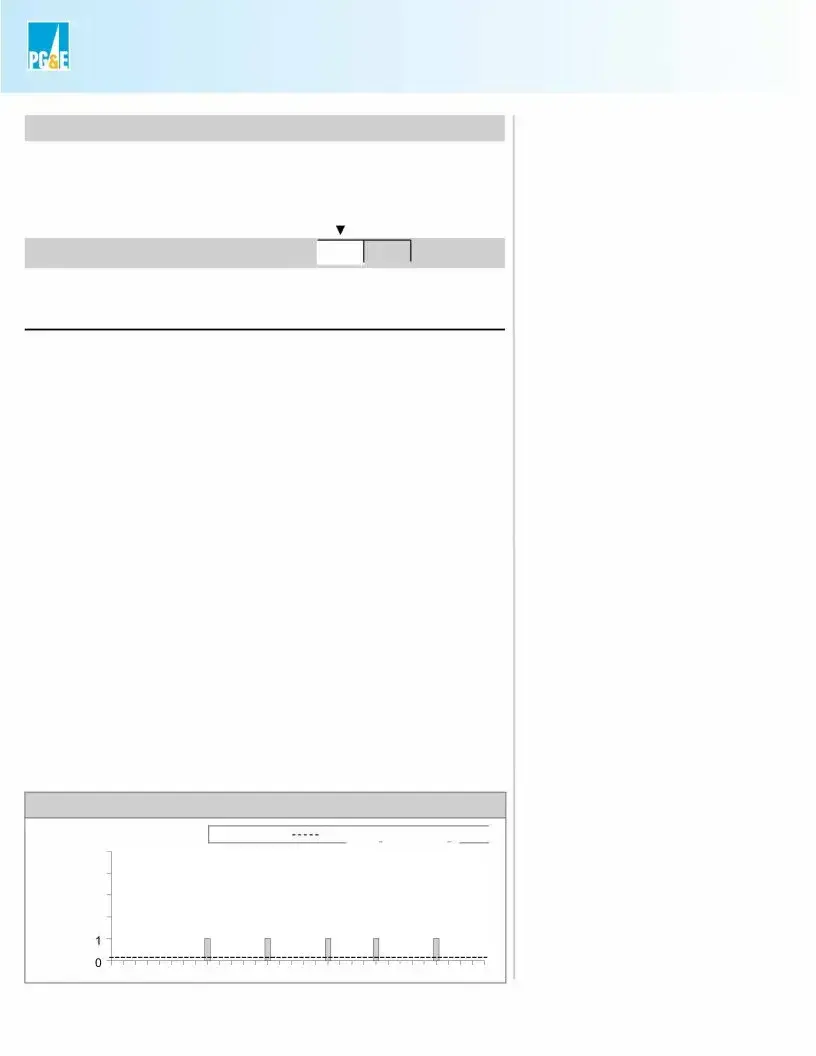In every household and business, the utility bill serves as a fundamental document that outlines the cost of essential services, such as electricity, water, gas, and sometimes additional services like waste collection and sewage treatment. This monthly or quarterly statement not only details the consumption and charges for these services but also plays a crucial role in budgeting and financial planning for families and businesses alike. Moreover, the utility bill is often required as a proof of residence during various official and unofficial procedures, making it an indispensable part of personal documentation. Understanding the various components of the utility bill, including the billing cycle, the breakdown of charges, possible discounts or surcharges, and the means by which disputes can be addressed, is essential for effective management of one's finances. Additionally, with the rise of digital billing, there has been a significant shift in how these bills are received and paid, offering greater convenience but also requiring a level of digital literacy to navigate efficiently. Thus, while ostensibly straightforward, the utility bill encompasses a wide array of information and processes that, when fully understood, can provide individuals with greater control over their personal and business finance management.
